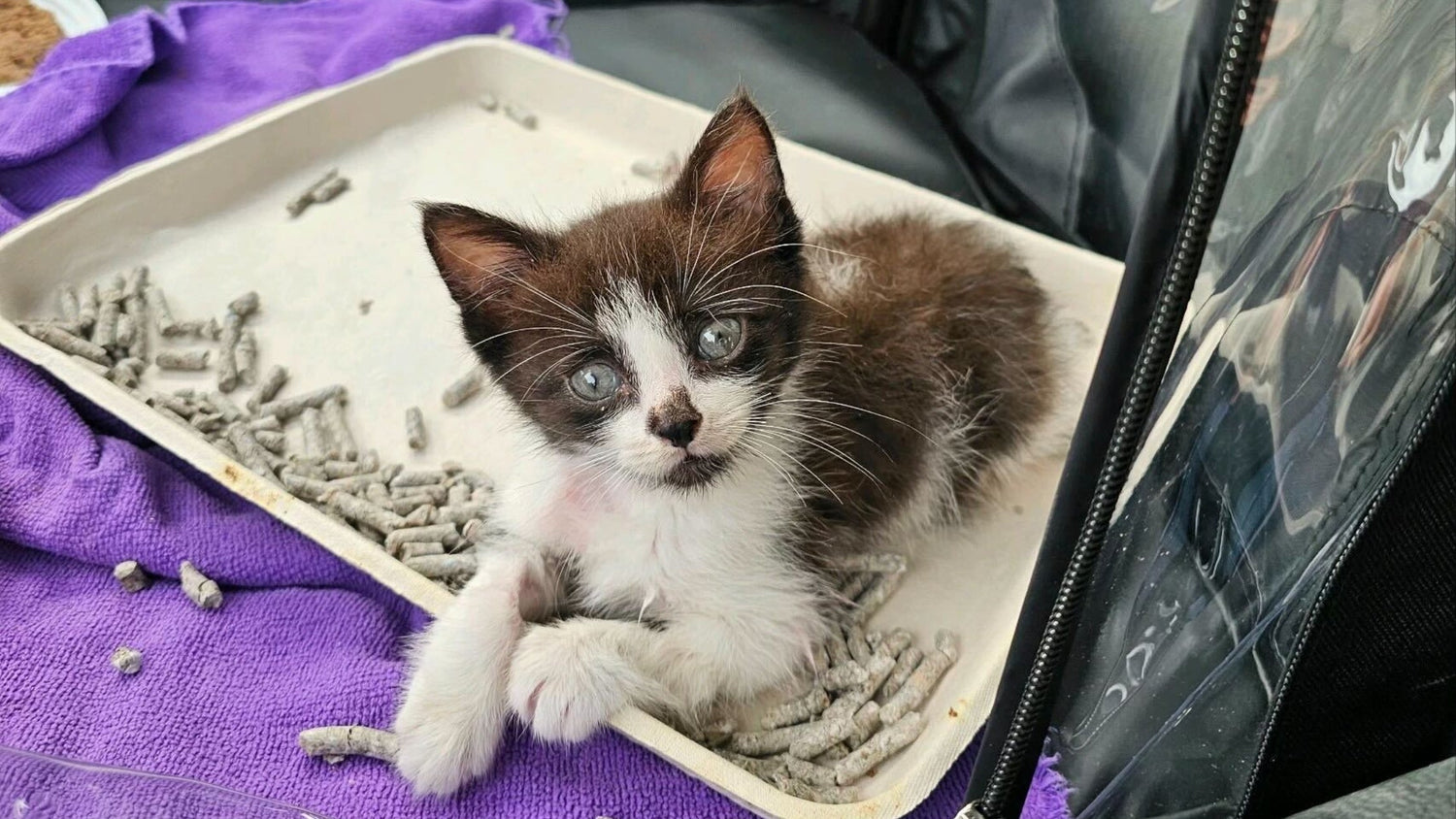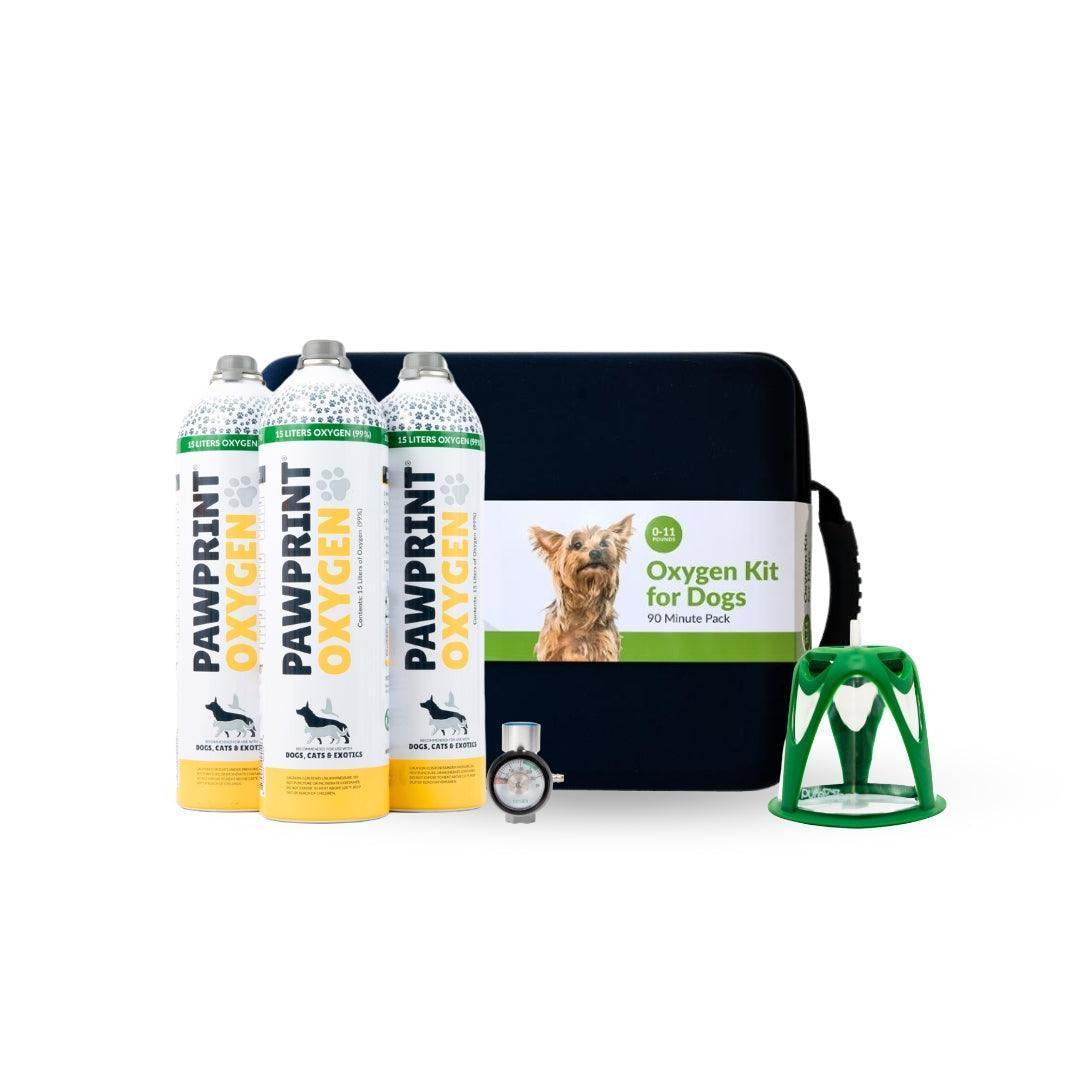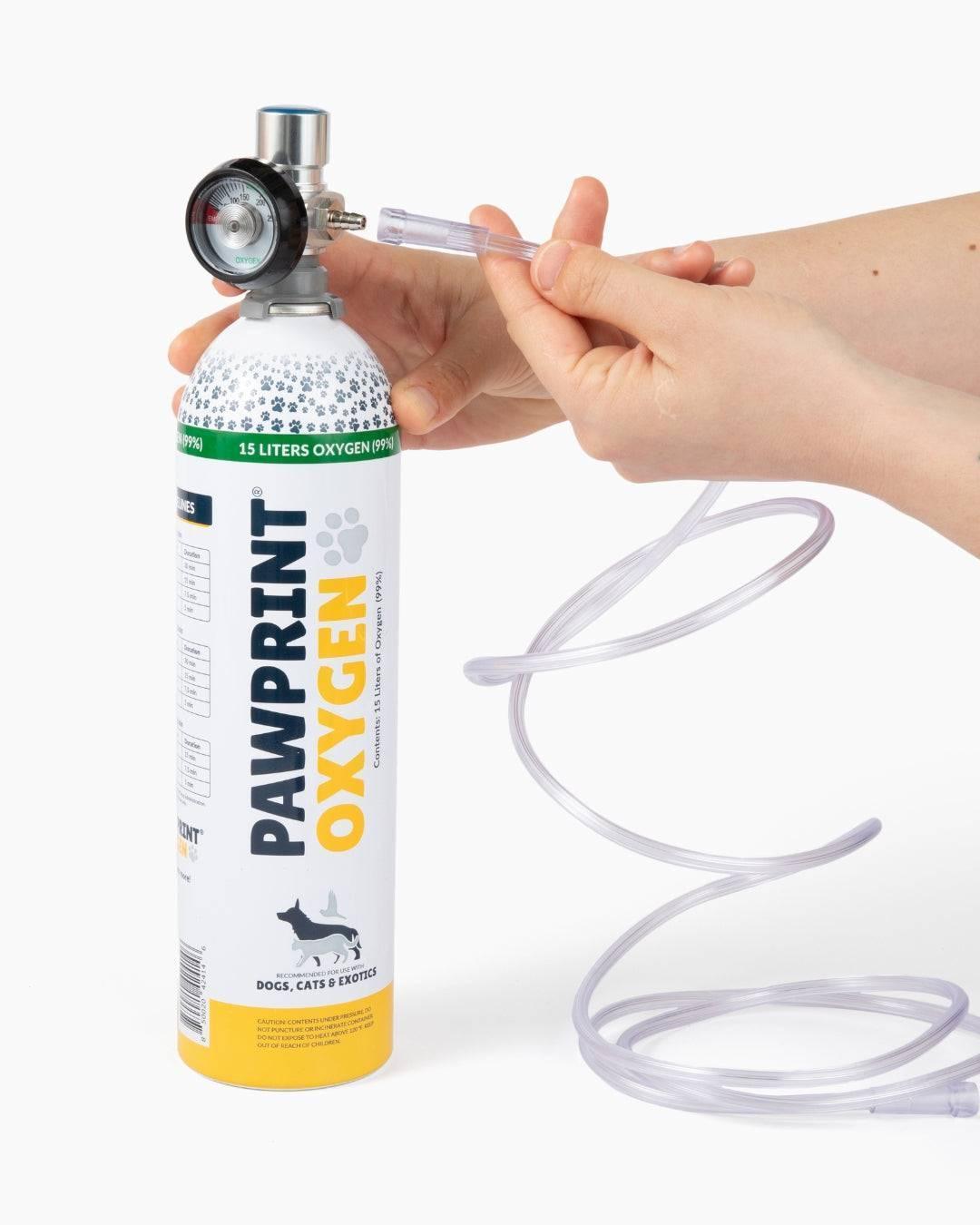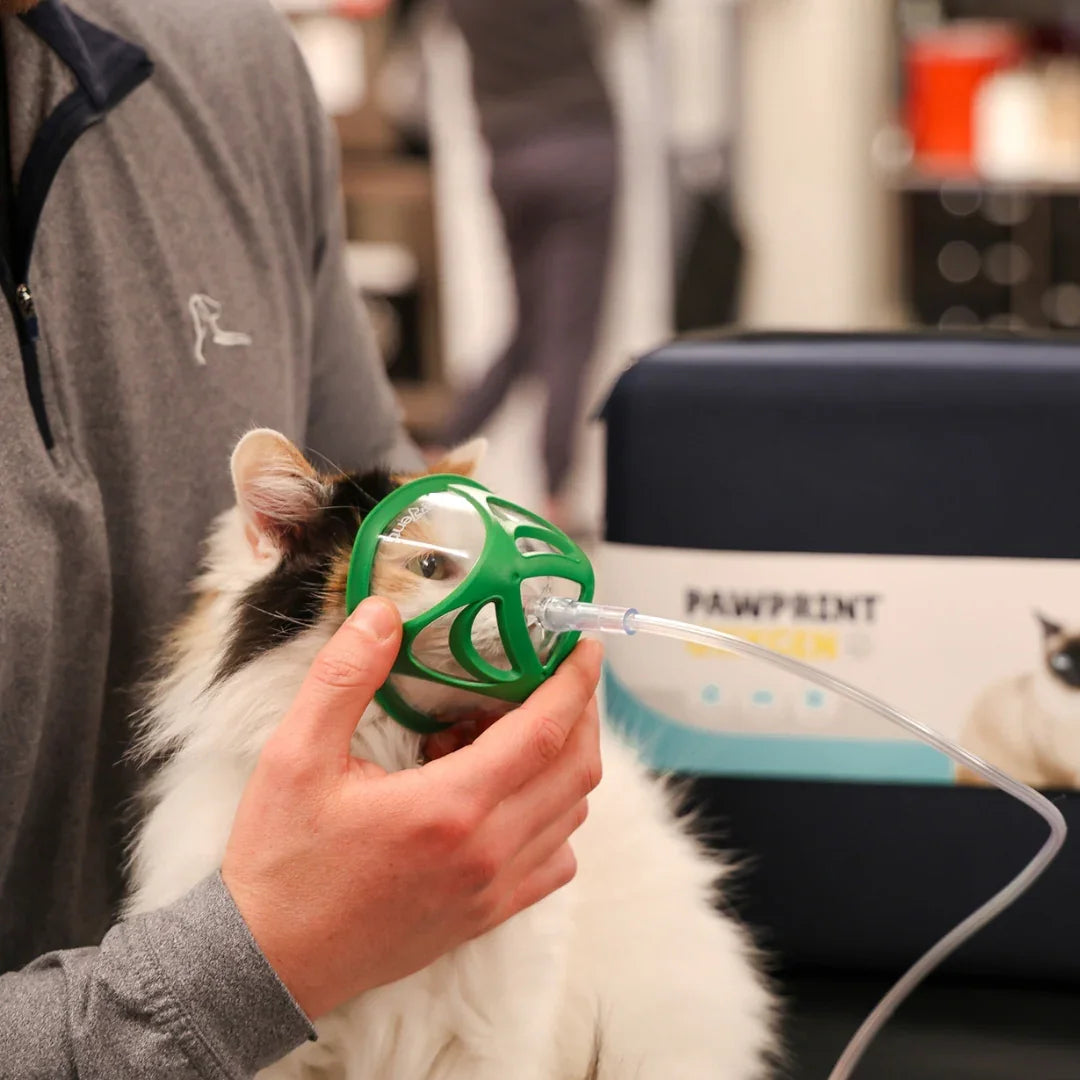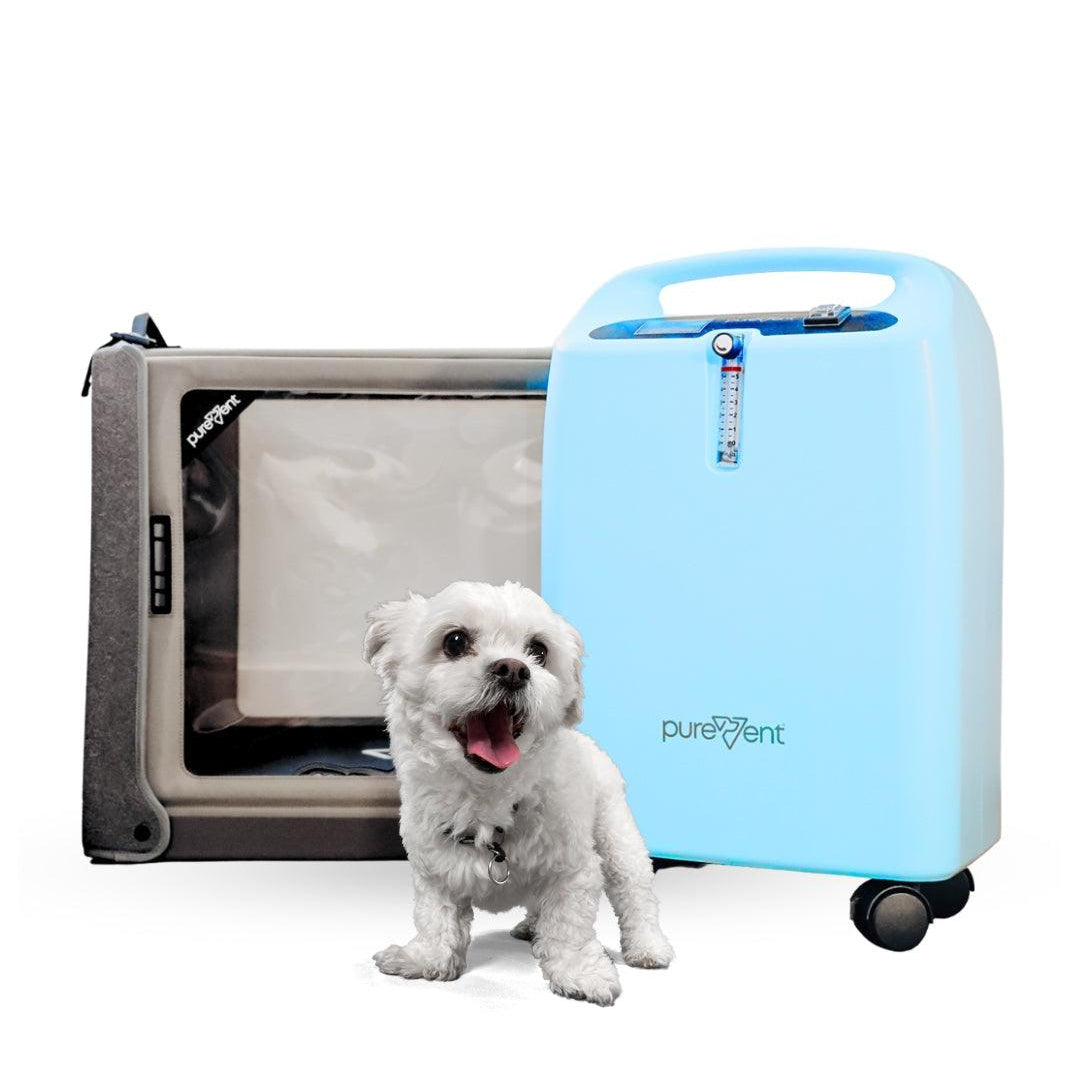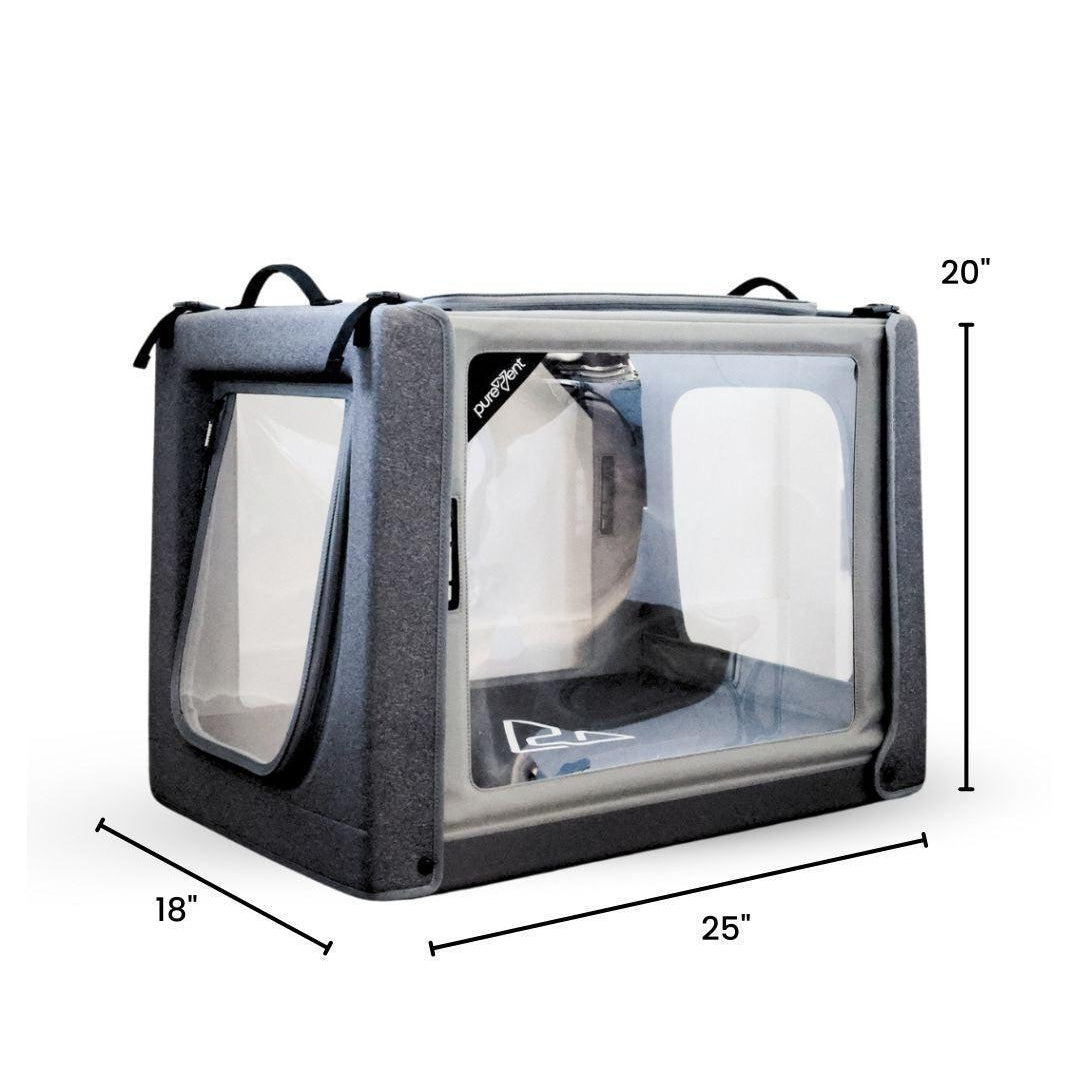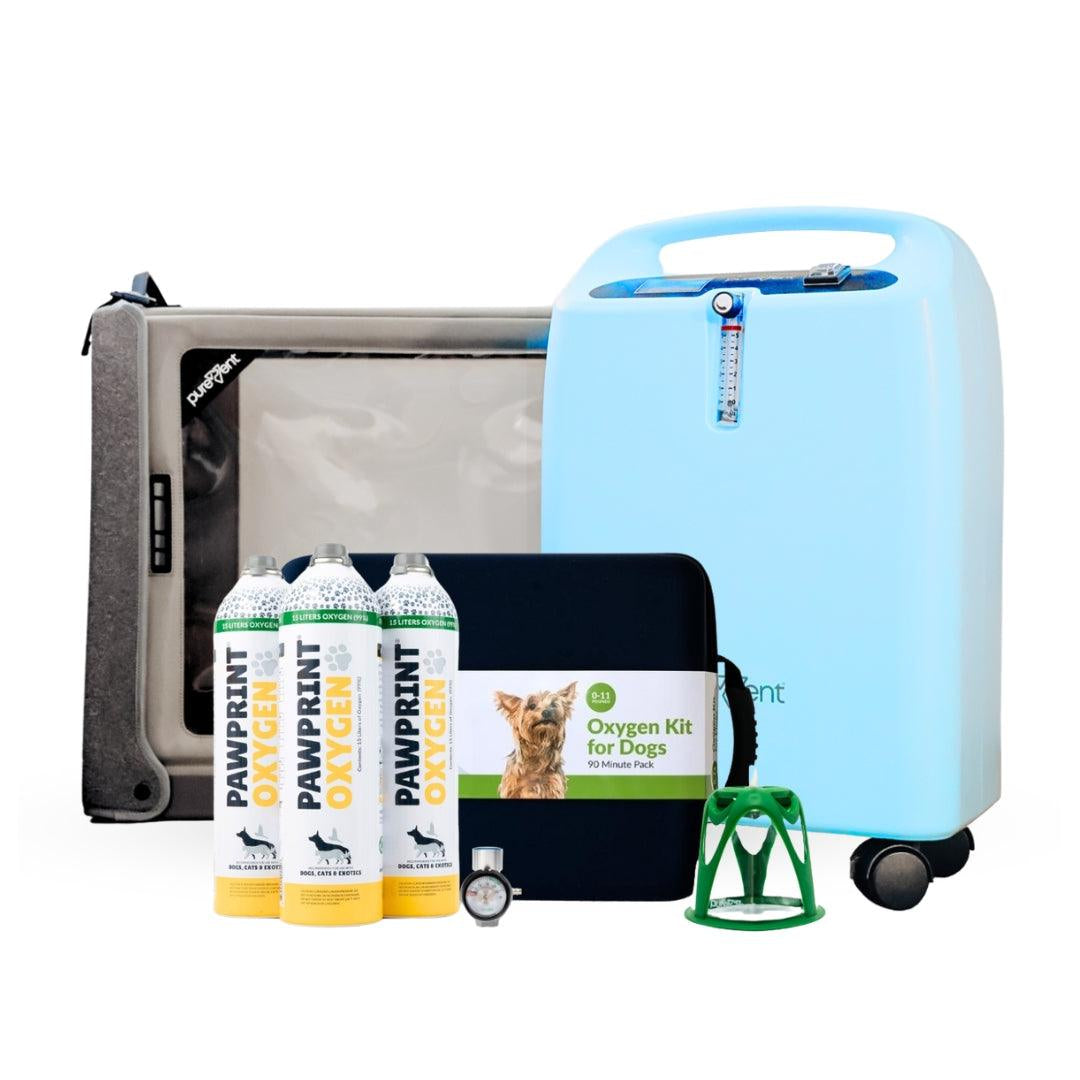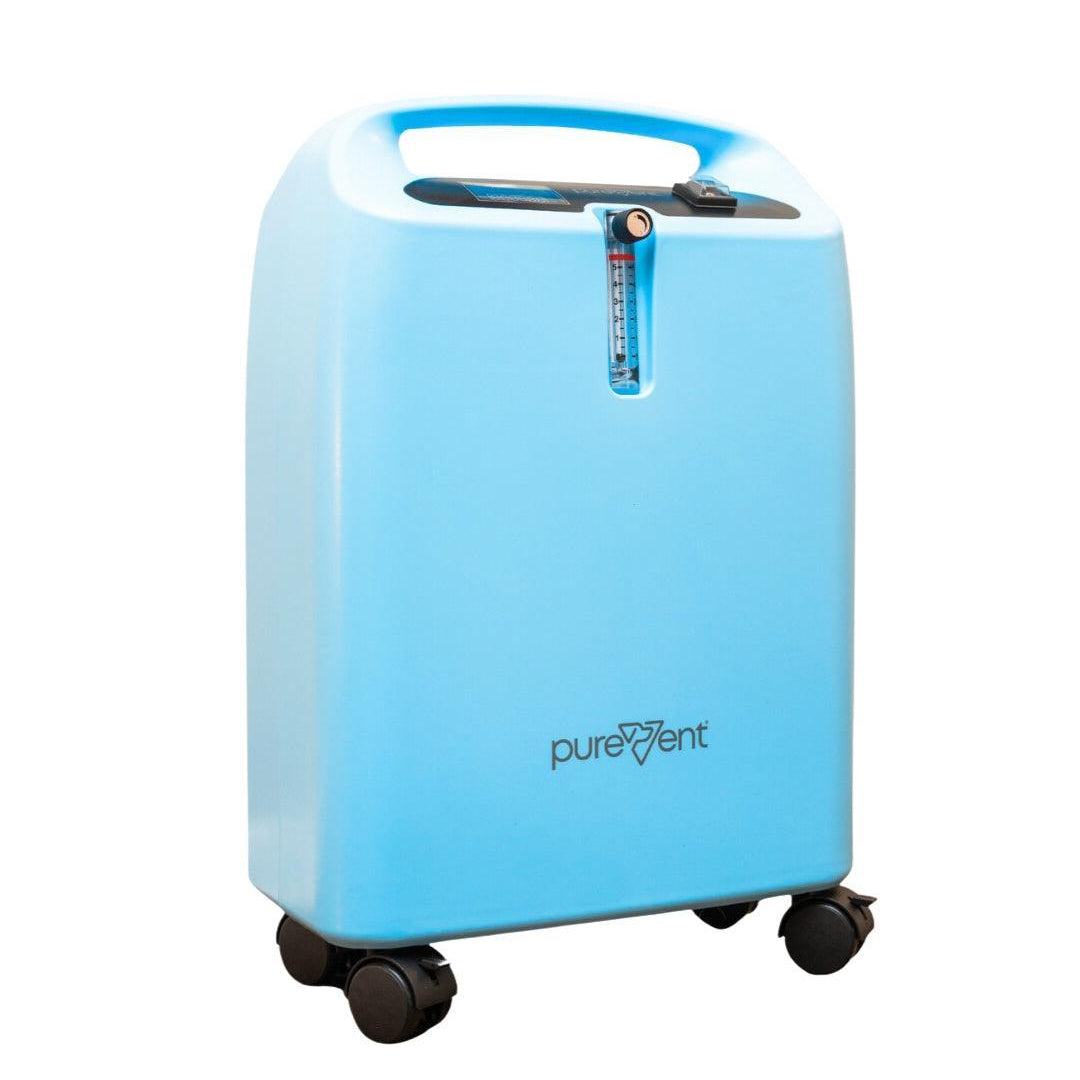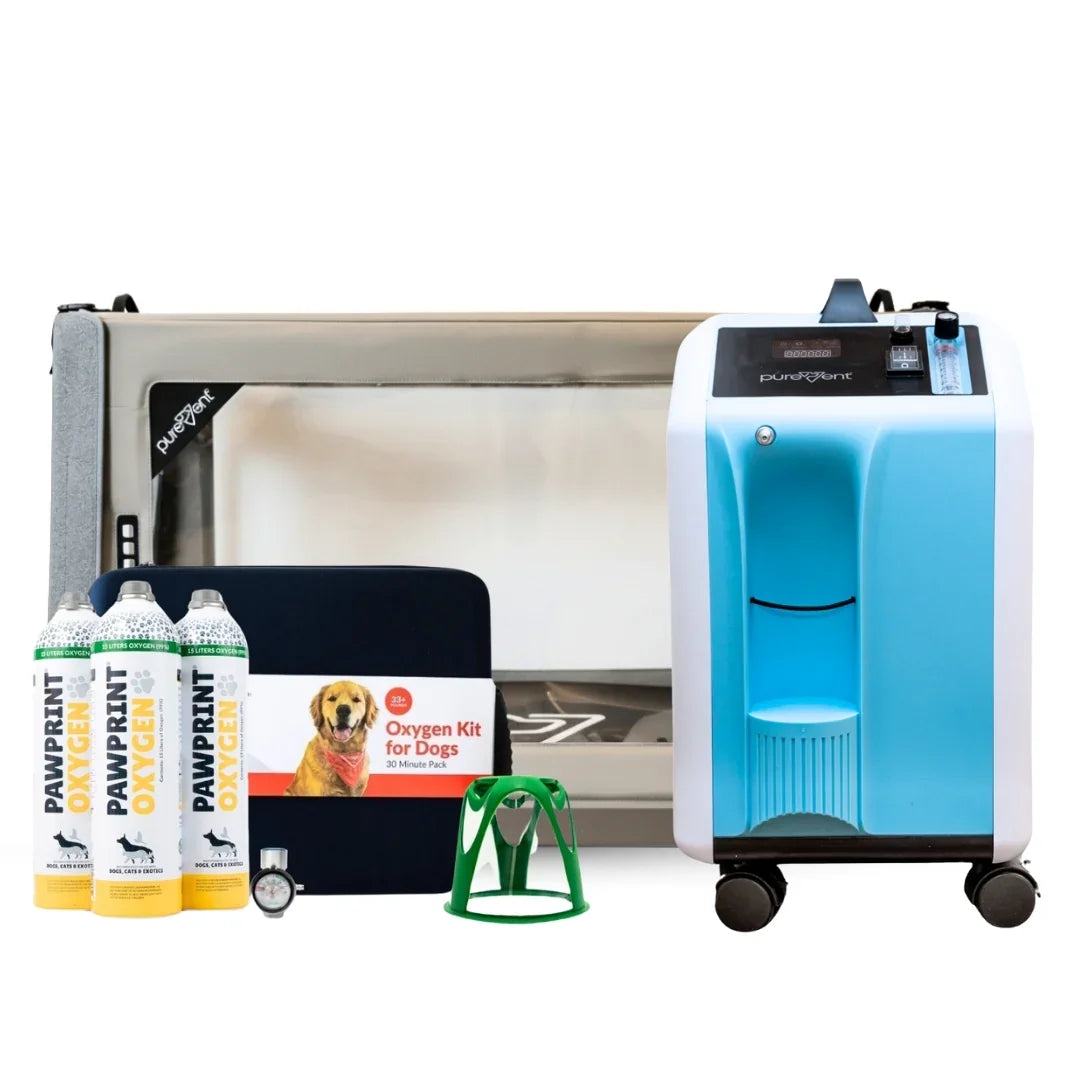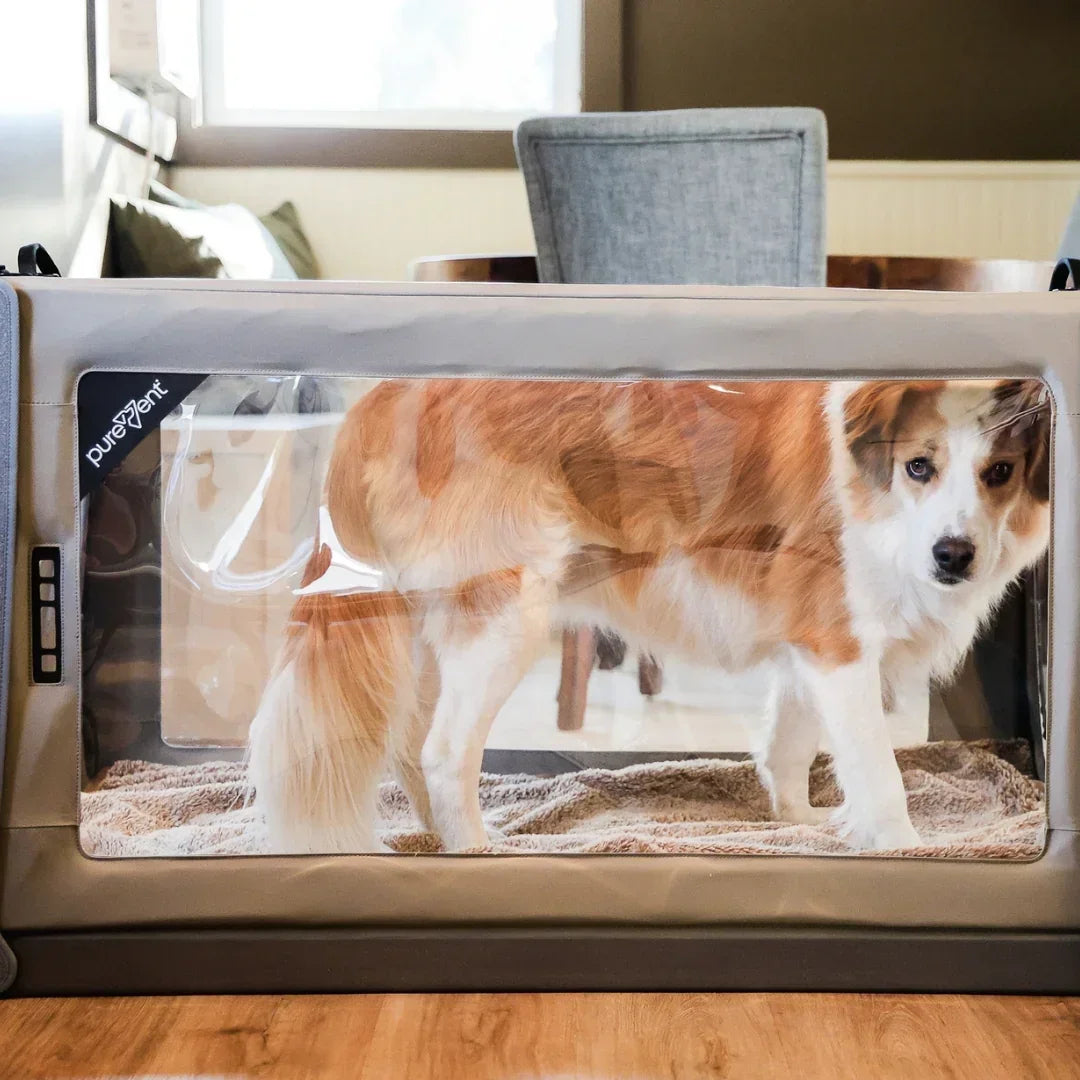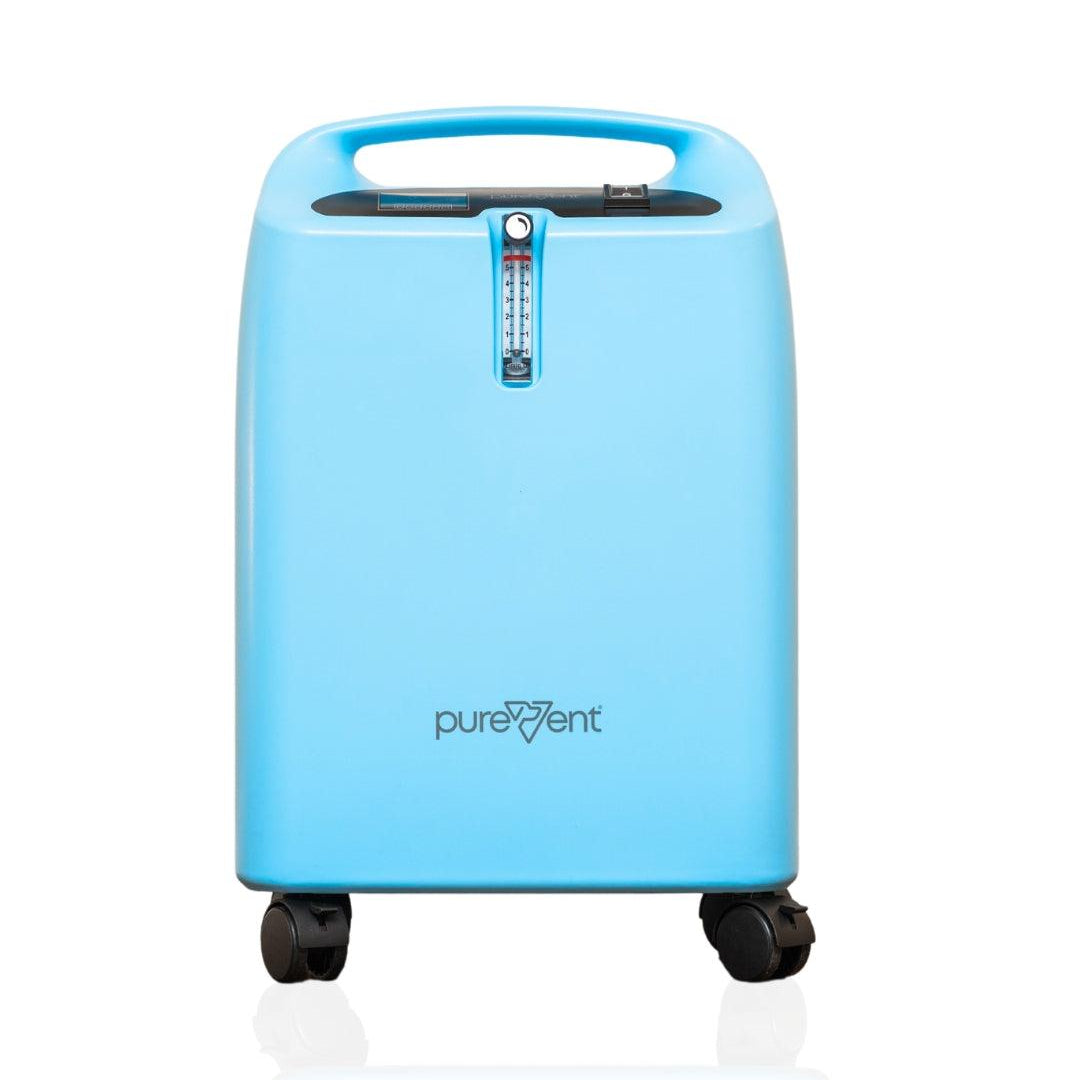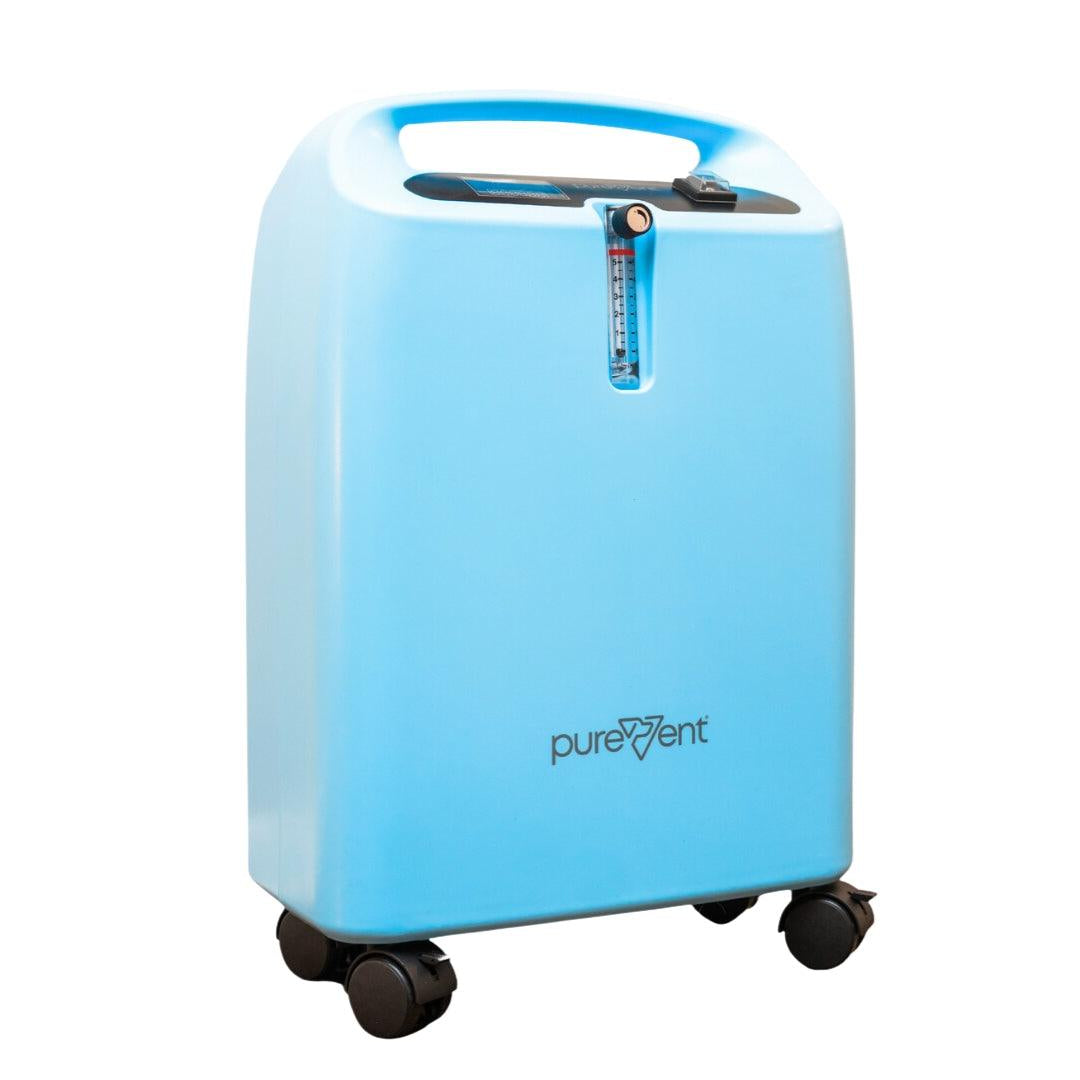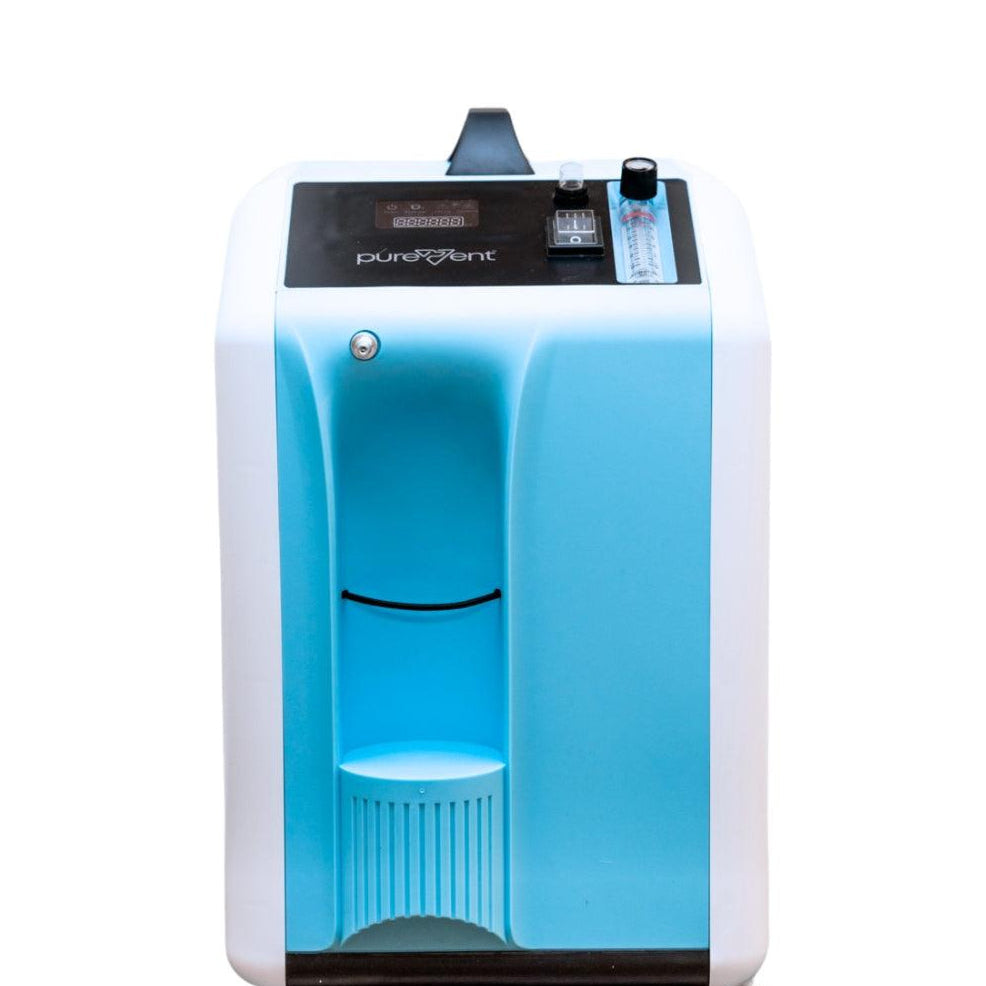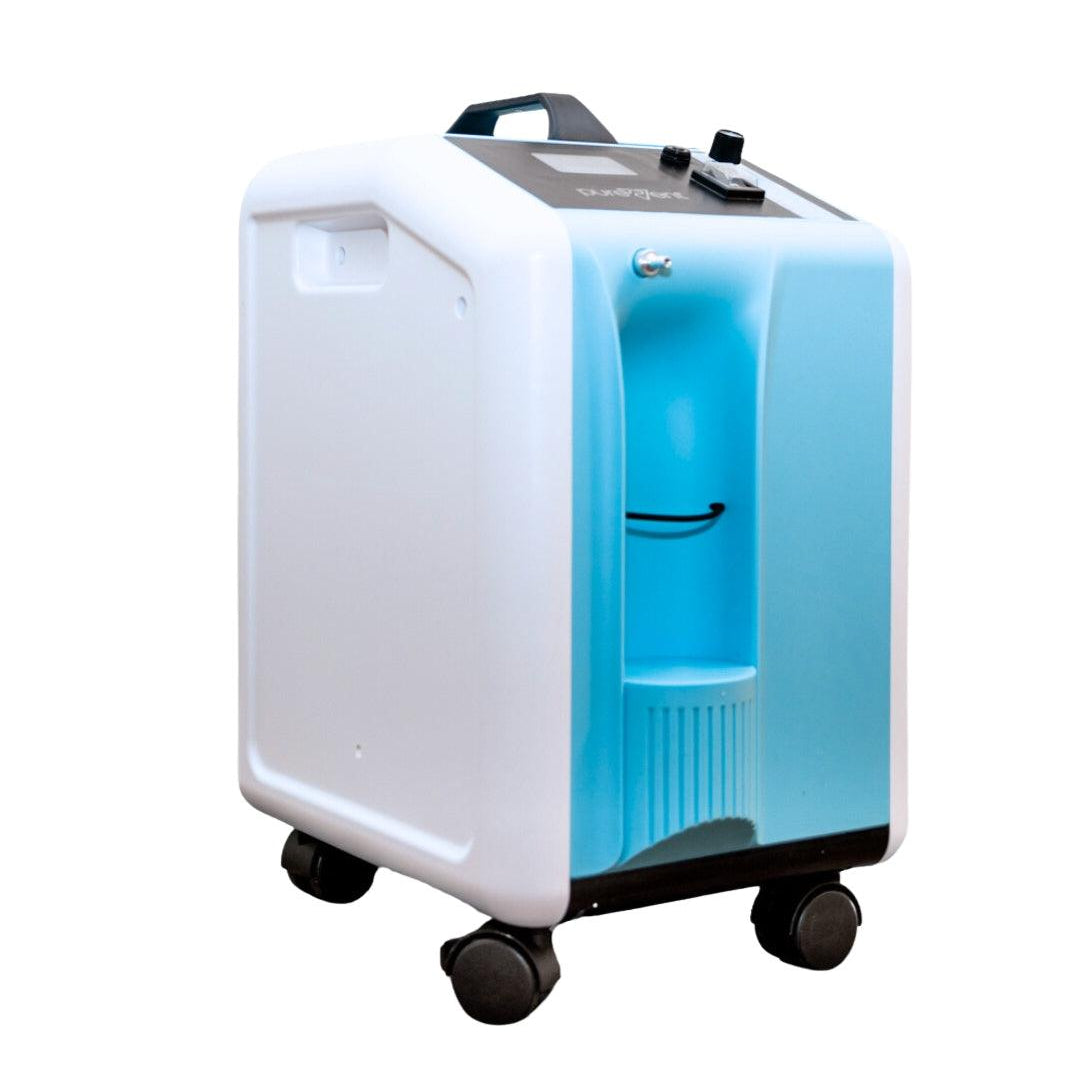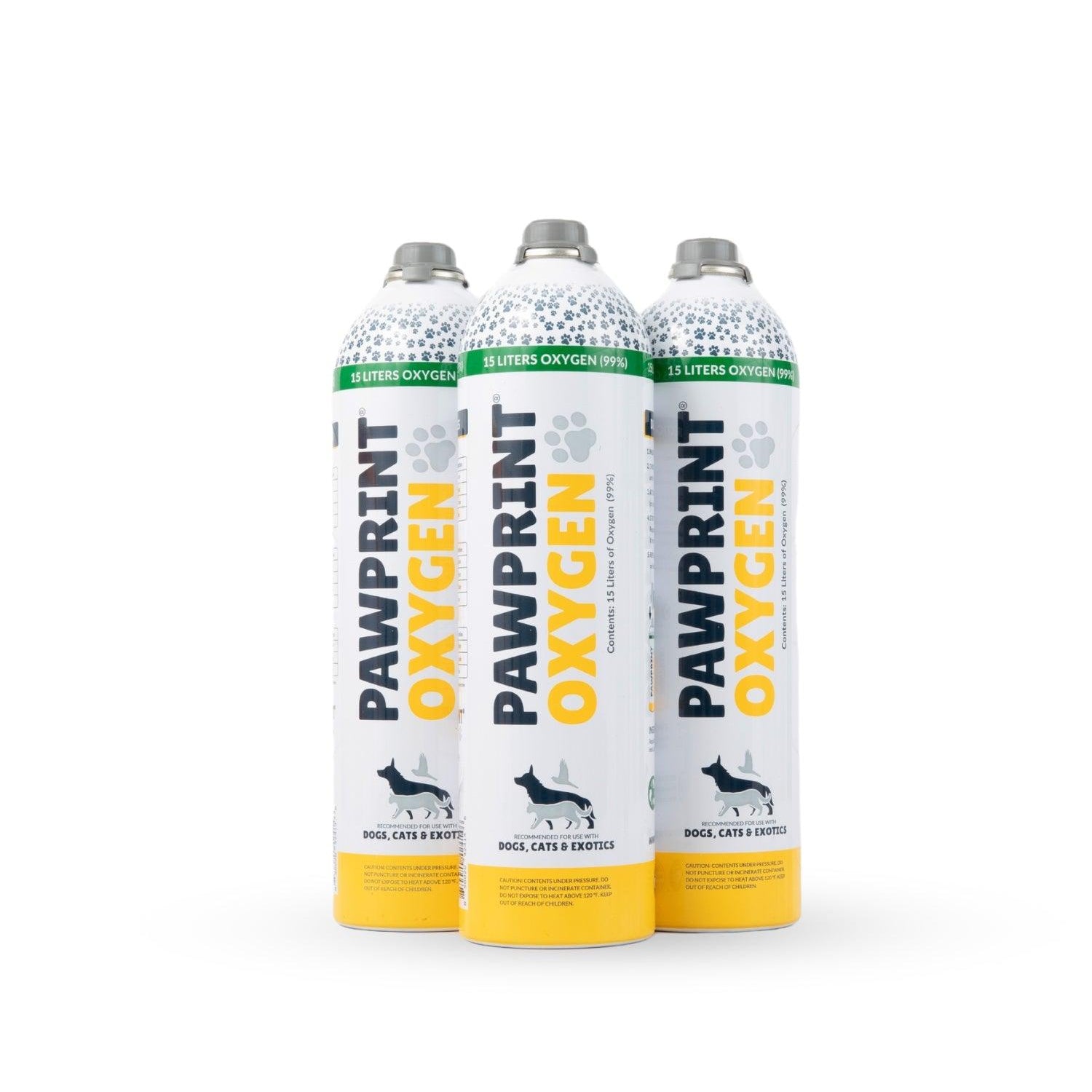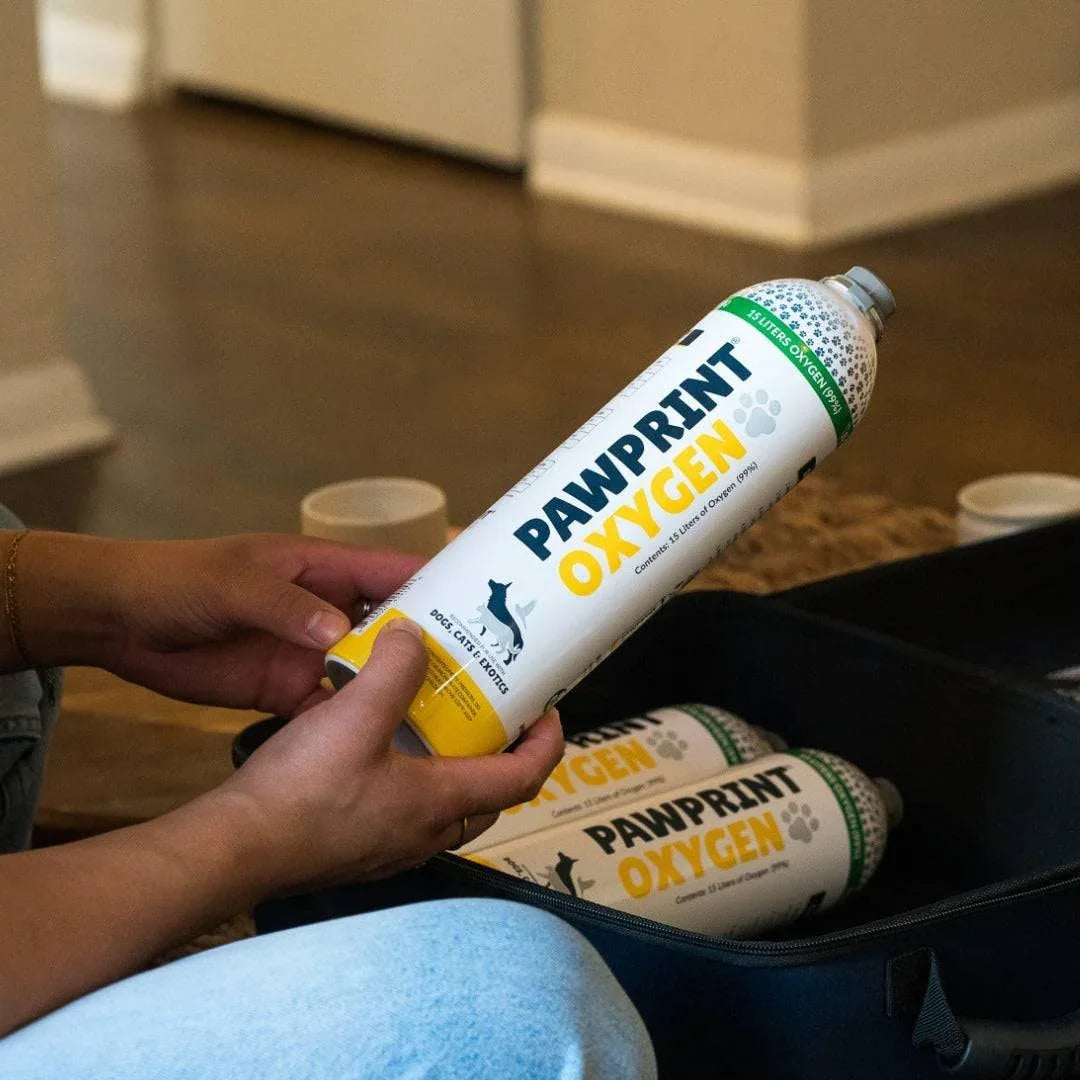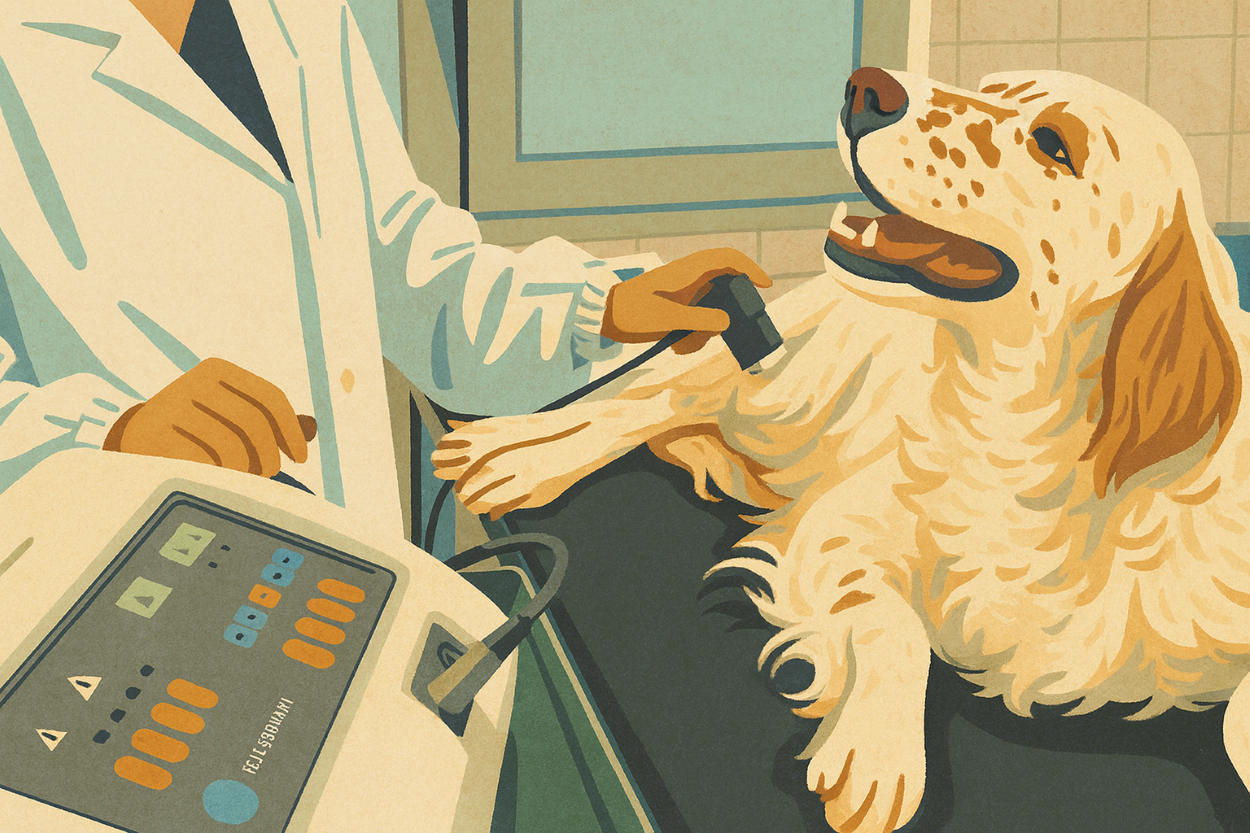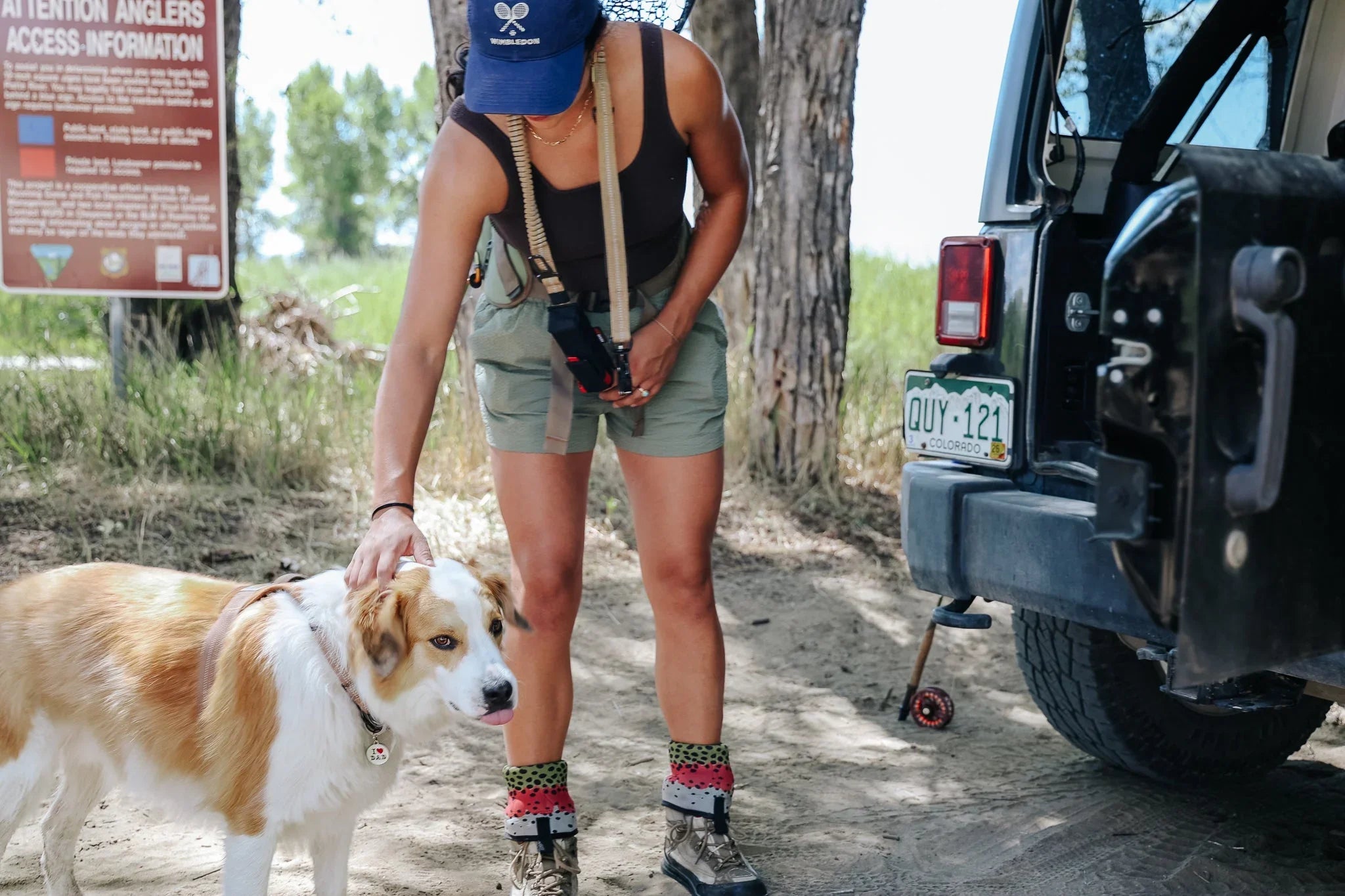Be prepared and make sure every puppy or kitten is given a chance at life.
Hypoxemia, or low blood oxygen levels, is a major contributor to fading puppy/kitten syndrome i.e. "poor doers.” If left untreated, hypoxemia leads to a slow and weak heartbeat and can result in death or long term health issues.
Amniotic fluid in the airway, aspiration (fluid sucked into the lungs), generalized weakness resulting in inadequate breathing, etc., can lead to hypoxemia in a newborn. A puppy or kitten not crying or active immediately upon birth (with stimulation), or noisily breathing is at risk for hypoxemia. Having a Pawprint Oxygen rescue system on hand allows you to administer rescue oxygen at the time it is needed most (at birth) and, if needed, during transport to a veterinarian.
If continued critical care (under the direction of a veterinarian) will be provided at home or for multiple offspring an oxygen chamber may be needed.
Talk to your veterinarian today to obtain a prescription before the big day!
Table of Contents

Pawprint Oxygen offers the following oxygen therapy equipment for puppies and kittens:
Oxygen Source
Pawprint Oxygen Canisters
These are a lightweight, easy to use, portable option. Canisters coupled with a fixed flow regulator are a useful and practical option to have on hand as an emergency rescue oxygen source and for transport to your primary care or emergency veterinary practice. Each canister provides up to 30 minutes of oxygen therapy. Note: The flow rate and duration are not amenable to use with oxygen chambers.
The Oxygen Concentrator
The at home oxygen concentrator works by drawing in room air and purifying it into oxygen gas (>90%). While non-portable (it plugs into your home electric outlet) , it can provide oxygen for an indefinite period of time. The concentrator can generate enough flow to fill and maintain an oxygen chamber. It can therefore be used with both the PureVent Pet Oxygen Mask or the PureVent Pet Oxygen Chamber. However, it cannot be used for transport. Anytime an oxygen chamber is being used, the rescue oxygen system is recommended as a back-up and for transport to a veterinary facility.
Oxygen Administration
The Pet Oxygen Mask
The pet oxygen mask is the preferred oxygen administration device for at-home use. It is easy to use and allows for safe and immediate oxygen administration to a newborn puppy. The pet oxygen mask can be used with Pawprint Oxygen Canisters or an oxygen concentrator. By sticking the offspring's head in the mask opening, a high level of oxygen can be administered.

The Oxygen Chamber
The oxygen chamber can be used to provide oxygen therapy to multiple offspring or to provide oxygen supplementation for extended periods of time. The latter should only be done on the order of a veterinarian as extended hyperoxia (high levels of oxygen in the body) is thought to be detrimental. Oxygen chambers require high flows (i.e. from a concentrator or high pressure compressed source like an oxygen tank) and take time to get to therapeutic oxygen levels. This is why it is recommended to prefill the chamber prior to use and minimize the amount of time the door is open.
Interested in having oxygen on hand for whelping or queening? Pawprint Oxygen provides products with an approved prescription form from your veterinarian. To learn more visit our site today or give us a call at 855-699-4366.
About Sean Smarick, VMD, DACVECC
Dr. Sean Smarick received his Doctor of Veterinary Medicine from the University of Pennsylvania in 1991. He then completed a residency in Veterinary Small Animal Emergency and Critical Care at the University of California, Davis in 2003 and, in the same year, became a Diplomat of the American College of Veterinary Emergency and Critical Care. In his 30 years of practice, Dr Smarick has enjoyed being in the ICU and emergency rooms of private and university practices, participating in CPR and clinical research, contributing to journals and textbooks, training residents and interns, and serving on the board of several veterinary businesses and organizations. Dr. Smarick currently serves as the Post-Cardiac Arrest Care Domian Chair of RECOVER , as a Trustee on the Board of the PVMA , and as a commissioned Veterinary Corps Officer in the US Army Reserves. In addition to providing local and national instruction to handlers, paramedics and veterinarians, he is involved in pre-hospital veterinary care as a member of the VetCOT ATLS and education committees, the K9 TECC working group , and on the board of NAVEMS.


